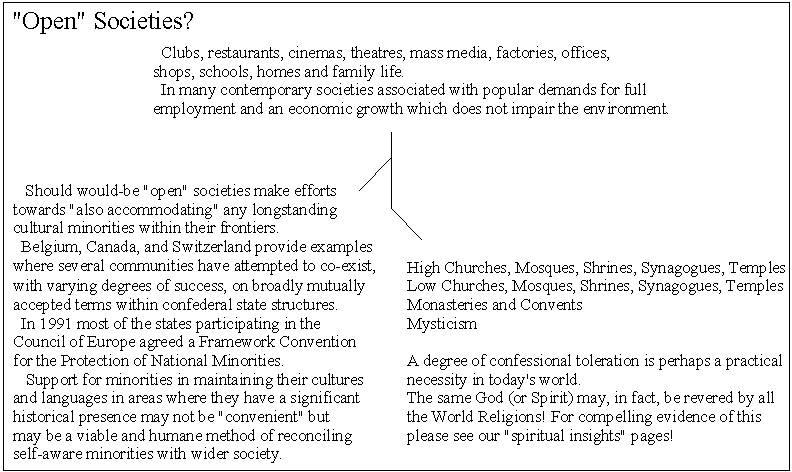
plate tectonics
alfred wegener continental drift plate tectonics |
| Home > Plate Tectonics > Plate Tectonics - Continental Drift |
|
Plate Tectonics - Continental DriftFrom circa 1911 Alfred Wegener, after being influenced by a scientific paper he had come across that listed fossils of identical plants and animals found on opposite sides of the Atlantic, began proposing a then most controversial theory which held that the continents of the earth had once been joined together but had drifted apart through a process that he explicitly, by circa 1915 - with the publication of the first edition of The Origin of Continents and Oceans, a book outlining Wegener's theory, - seems to have referred to as Continental Drift (actually - in his own mother tongue - as Kontinentalverschiebung or die Verschiebung der Kontinente).As he later wrote: "A conviction of the fundamental soundness of the idea took root in my mind." Beyond speculating that thermal currents in the Earth's mantle may have provided the driving force Alfred Wegener was unable to propose a thoroughly plausible mechanism for his notion of continental drift which seems as much as anything else to have been based on the circumstantial evidence that the present-day continental outlines (including submerged edges near shore) - if individually "cut out" from the map - could be placed together fairly completely in a vast earlier continent that Alfred Wegener hypothesised and which he referred to as Pangaea.
The scientific establishment of the day - in so far as it even gave Wegener's view a hearing - closed ranks against the very idea of such an "impossible" process as Continental Drift. It was only in the early 1950s with the emergence of the new science of paleomagnetism that Alfred Wegener's theory of began to be taken seriously by anything like mainstream geologists and other scientists. By the 1960s science accepted a theory of Plate Tectonics where there are "solid plates" - be they continents or ocean floor - comprising a so-called Lithosphere which effectively "floats" on an underlying fluid-like (visco-elastic solid) Asthenosphere. The underlying "rock" that is the Asthenosphere is present under such high pressure and high temperature conditions as to permit slight flows of movement that over geological timescales have had a cumulative effect that has distinctly shaped our planet. The fact that ocean floor as well as continental expanses seem to be solid plates has tended to discredit the term - continental drift - and to establish the alternative term - plate tectonics.
|
|
|||||||||||
The Wisdoms and Insights available on our
site include some about Human Existence itself:-
![]()
"...man is a bundle of relations, a knot of roots,
whose flower and fruitage is the world..."
Ralph Waldo Emerson
![]()

It seems highly likely that such Human-innate
"bundles of relations and knots of roots"
give rise to the "World" of Human Societies!!!

|